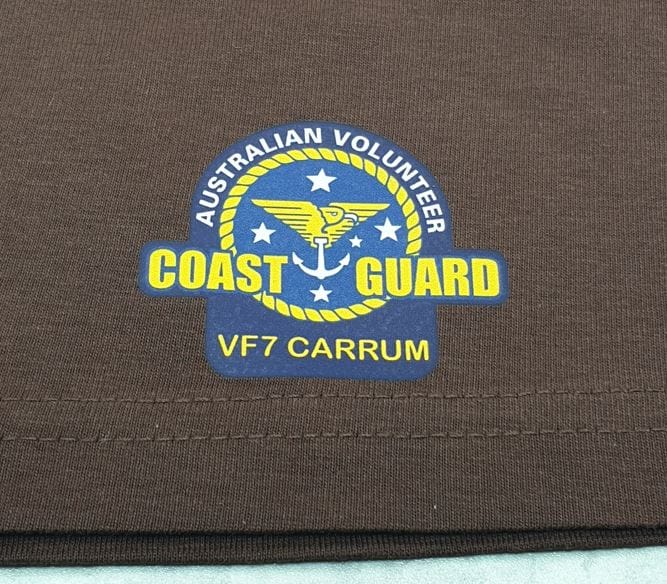If you’re looking for a versatile, modern way to customise apparel and other textiles, digital printed iron-on transfers are one of the most popular printing methods available today. They have gained rapid popularity among print shops, small businesses, and DIY creators for their flexibility, durability, and ability to bring detailed designs to life.
What Are Digital Printed Iron-On Transfers?
Instead of printing directly onto fabric, your design is printed onto a special transfer film using textile inks. A heat-activated adhesive powder is applied, then cured. When you’re ready to use the design, it’s placed on fabric and pressed with a heat press, transferring the image from film to garment.
The result is a vibrant, durable print that looks and feels professional.
What Fabrics Work Best for Digital Transfers?
Standard digital printed transfers are designed primarily for:
100% Cotton – Perfect for t-shirts, hoodies, and tote bags.
100% Polyester – Great for sportswear and activewear.
Cotton/Poly Blends – A reliable choice for mixed-fibre garments.
However, not all fabrics are suitable. These transfers are not ideal for nylon, spandex/elastane, or highly stretchy, heat-sensitive materials. These fabrics may have adhesion issues or be damaged during pressing. For these, specialised powders or alternative print methods should be considered.
Benefits of Standard Digital Transfers
Versatility – Works on both light and dark fabrics.
Vibrant Colours – Full-colour CMYK printing with fine detail.
Durability – Wash-resistant when applied correctly.
No Weeding – Unlike vinyl, there’s no cutting or peeling required.
Small or Large Runs – Cost-effective for both one-offs and bulk orders.
How to Apply
Prepare the garment – Lay it flat and pre-press for a few seconds to remove moisture and wrinkles.
Position the transfer – Place the film with the design facing down onto the garment.
Heat press – Apply heat (typically 150–160°C / 300–320°F) for 10–20 seconds with firm pressure.
Peel – Depending on the transfer type, peel hot, warm, or cold.
Final press (optional) – A second press with a Teflon sheet or parchment can improve durability and finish.
When Not to Use Transfers
Fabrics with high stretch (nylon, elastane, Lycra) – risk of cracking.
Heat-sensitive fabrics – risk of scorching or damage.
Very textured surfaces – adhesion may be poor.
In these cases, alternatives like sublimation, screen printing, or specialised heat transfers may be more suitable.
Final Thoughts
Standard digital printed iron-on transfers have opened new possibilities in fabric decoration. They combine the flexibility of digital printing with the practicality of heat transfer application. For cotton, polyester, and blends, they’re an excellent choice to achieve high-quality, colourful, and durable results. Just remember: the fabric blend matters, and testing is always a good idea before large production runs.
Have questions about whether it is right for your project? Drop a comment or get in touch — we’d be happy to help you choose the best transfer method for your fabrics.


